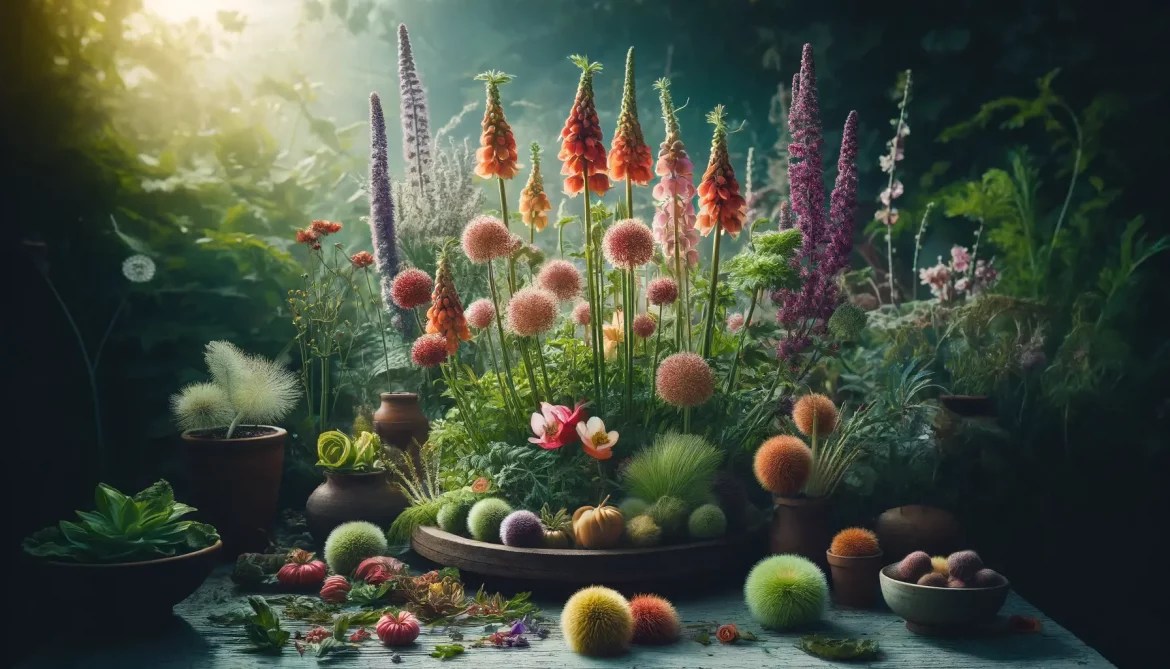Succulent Plants: Easy Care, Stunning Beauty
Succulent plants are a great choice for people of all ages and skill levels. They’re easy to care for, come in a wide variety of shapes and colors, and can even grow in some of the most unlikely places.
What Are Succulents?
Succulents are plants that store water in their thick, fleshy leaves, stems, or roots. This allows them to survive in dry conditions, making them ideal for growing in arid climates or in containers indoors.
Benefits of Growing Succulents
There are many benefits to growing succulents, including:
- Easy care: Succulents are very low-maintenance plants. They don’t need to be watered very often, and they can tolerate a wide range of temperatures and light conditions.
- Unique beauty: Succulents come in a wide variety of shapes, sizes, and colors, so you can find the perfect ones to match your décor.
- Adaptability: Succulents can grow in a variety of locations, both indoors and outdoors. They’re perfect for small spaces, hanging baskets, or even as focal points in your garden.
How to Grow Succulents
Growing succulents is easy! Here are a few tips:
- Choose the right soil: Succulents need well-draining soil. A good mix is a combination of potting soil and perlite or pumice.
- Water sparingly: Succulents don’t need to be watered very often. Allow the soil to dry out completely between waterings.
- Provide plenty of light: Succulents need bright light to thrive. Place them in a sunny window or under grow lights.
- Fertilize occasionally: Succulents don’t need to be fertilized very often. A balanced fertilizer can be applied once a month during the growing season.
Types of Succulent Plants
There are many different types of succulent plants, including:
- Sedum: Sedum is a popular succulent that comes in a variety of shapes and sizes. It’s a great choice for beginners because it’s very easy to grow.
- Hens and chicks: Hens and chicks is a succulent that forms clumps of small rosettes. It’s a popular choice for rock gardens and containers.
- Snake plant: Snake plant is a tall, upright succulent with long, sword-shaped leaves. It’s a great choice for low-light areas.
- Jade: Jade is a popular succulent that symbolizes good luck and prosperity. It has thick, fleshy leaves and can grow into a small tree.
- Aloe: Aloe is a succulent that’s known for its healing properties. It has thick, fleshy leaves that contain a gel that can be used to treat burns and other skin conditions.
Unusual and Interesting Succulent Plants
In addition to the more common types of succulents, there are also many unusual and interesting varieties, such as:
- Black Aeonium: Black Aeonium is a dramatic succulent tree that can reach up to 3 feet in height. It has blackish leaves and large, yellow flowers.
- String of Beads and Rat’s Tail Cactus: String of Beads is a succulent that produces a string of trailing stems with pea-like beaded leaves. Rat’s Tail Cactus is another hanging succulent with long, spiked leaves and bright pink blooms.
- Living Stone: Living Stone is a succulent that mimics the look of pebbles. It has a conical shape and produces beautiful white blooms.
- Moonstone: Moonstone is a succulent that resembles stones with its light green to white colored foliage. It produces spikes of orange-red flowers.
- Starfish Cactus: Starfish Cactus has clusters of toothed stems and star-shaped blooms in mosaic patterns.
- Carrion Flower: Carrion Flower is a clump-forming succulent with sharp-angled stems and an unusual creamy yellow flower with specks of red.
- Rose Pincushion: Rose Pincushion is a free-flowering succulent that produces lovely rose-pink blooms.
- Golden Ball Cactus: Golden Ball Cactus resembles a ball at first, but eventually grows into a fat, gold-spined column with pale yellow blooms.
Conclusion
Succulent plants are a great choice for people of all ages and skill levels. They’re easy to care for, come in a wide variety of shapes and colors, and can even grow in some of the most unlikely places. So if you’re looking for a low-maintenance plant that will add beauty to your home or garden, succulents are a great option.


